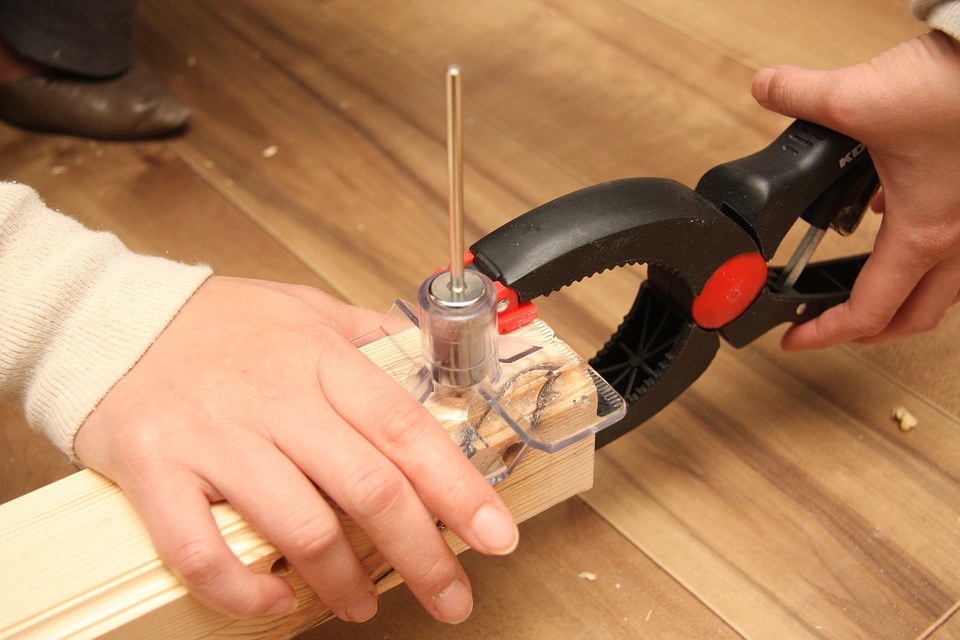Could you introduce real tools in your setting?
A previous article published by early years careers discussed how real tools are gaining more and more popularity in the early years over the usual lightweight plastic tools. As with anything in the early years, first-hand real play experiences have so much more to offer than just watching others use it or reading about it. Many early years practitioners are highly critical of using real tools in the early years and believe it to be dangerous and their group of children to be too irresponsible however many have found great success and fewer dangerous incidents from using real tools.
What are the benefits of using real tools?
Real tools may be accessible all the time, placed out on a table for an investigation station, a provocation or just for an activity occasionally or used during forest schools sessions. Whichever way you decide to introduce and use real tools it will have so many benefits including:
· Encourages children to play and explore
· Allows them to actively learn
· Gives the opportunity to critically think and create
· Children can begin risk assessing themselves
· Gives children responsibility and independence
· Shows children you trust them
· Great for motor skills
· Supports communication and language development
· Engages children who do not always want to participate in EYFS experiences
· Promotes hand eye coordination
· Can encourage children to learn self-control
· Great for problem-solving opportunities
· Gives real hand experiences
· Can promote development in all areas of the EYFS
There are many more benefits and importantly children find using real tools fun and exciting.
How to introduce real tools in the early years
Introducing real tools in the early years takes some careful planning, risk assessing and supervision. Safety must be a priority however many early years settings are experts at planning and risk assessing so this is a worthwhile hurdle. Some settings like to go the whole way and have a wide variety of real tools for the children to use whereas some settings have real tools on a much smaller scale. Many settings like to go down the ‘tinker tray’ route as this is easier to manage and involves fewer risks. This can be done with a small group of children and involves lots of ‘tinkering’ as the children become familiar with the tools. It is down to each setting which option works best for them. Always encourage the children to risk assess for themselves and you may like to encourage them to wear hats, gloves and goggles whenever they are using the real tools. Examples of real tool tinkering activities include
· Nuts and bolts – Have some predrilled wood with holes for the children to screw nuts and bolts in. Colanders with larger holes can be used for this too. Children can use their fingers to screw the nuts and bolts together or they can try and use spanners. Alternatively, have some screws already set in the wood and then children can just thread and screw the bolts straight on.
· Wood and nails – Gives children pieces of wood where the nails have already been knocked in slightly. This saves children bashing their fingers trying to hold the nail in the wood and hammering it in.
· Wood and screws – Similar to the above activity have some wood with screws already half in. The children can then screw the screws in the rest of the way using a screwdriver
· Cork boards and nails – This requires less force, often with less force comes more delicate work from the children meaning they can really think about what they are making and hitting rather than trying to use as much force as possible.
· Melons and golf tees – Cut a melon in half sideways. Then allow the children to hammer the golf tees in. These have a much wider surface for the children to aim and hit.
· Golf tees and Styrofoam – Similar to the watermelon activity, although requiring considerably less force.
Check out our pinterest board for some more great ideas and inspiration on real tools in the early years

